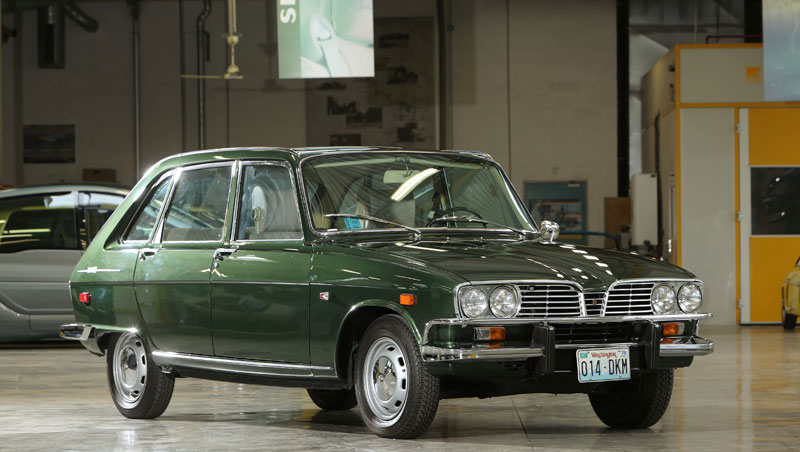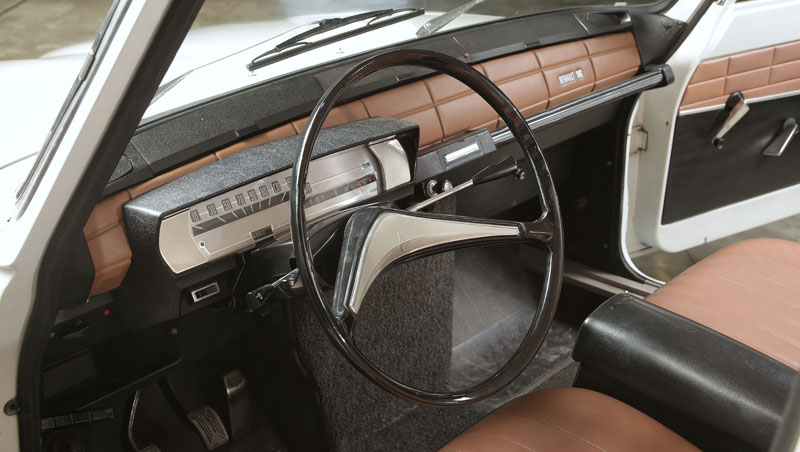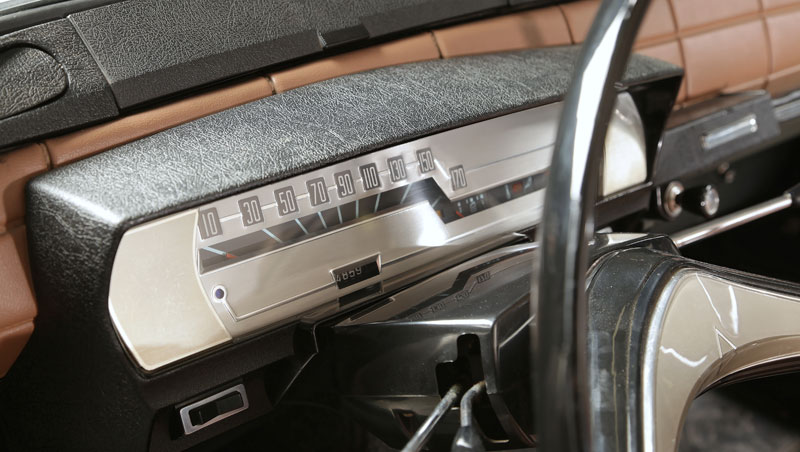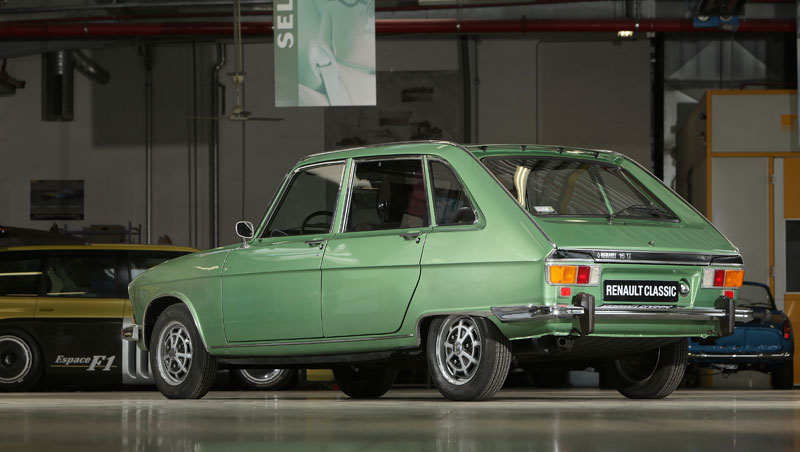Fiftieth anniversary for Renault 16
Published on
Renault's boss at the time, Pierre Dreyfus, saw the R16 as addressing “families receptive to the appeal of modern developments in consumer society”. That was a pretty accurate appraisal: the car proved highly successful among upwardly mobile French families at the peak of the baby-boom period; some 1.8 million were made from 1965 to 1980, mostly at the Sandouville plant in Normandy, which was specially built for this purpose.
Ahead of its time
The guidelines Mr Dreyfus issued to designer Gaston Juchet were straightforward enough: “We need a different approach here. Instead of seeing the car as four seats plus a separate boot, let's treat all that as a single volume.” The message got through loud and clear. At the 1965 Geneva Motor Show Renault was there with a brand new concept: two compartments with a hatch for accessing the boot. The Renault 16 combined practicality with elegance (as in the smart six-window outline) to bring unprecedented versatility. Its offbeat style raised many an eyebrow at the Swiss show, and the car's evident promise was soon fulfilled by an enthusiastic reception on the market. Renault's adventurous stylistic ploy had clearly paid off, and the R16 won the Car of the Year award a year later.



The do-everything car
The Renault 16 stood out in its capacity to adjust to motorists' needs and desires. Its avant-garde design approach brought the sort of adaptability that was most uncommon at the time. The boot could take four different stowage configurations, and the rear bench could be slid, folded down or removed, as required. For many motorists, this would be their very first taste of a do-everything car.



Avant-garde technologies
The Renault 16 also marked its time with its modern, avant-garde technical characteristics. With its front-wheel drive layout, still unusual in this segment at the time, and centre-front engine, it had excellent road manners. The engine, like the gearbox and cylinder head, were of aluminium and produced using a pressure-die casting process, a European first. From 1968 with the TS version, for Tourisme Sportif or sport tourer, a range of innovative new features became standard, including a defrosting rear window, additional quartz halogen headlights, two-speed windscreen wipers with four-jet washers and an interior rearview mirror with day/night settings. In 1969, the Renault 16 gained reversing lights, along with front power windows, an electric sunroof and leather upholstery. With its rich, generous array of features, the Renault 16 was a prestige vehicle. Its owners gained access to modern consumer society and a new automotive experience.
